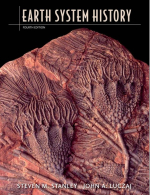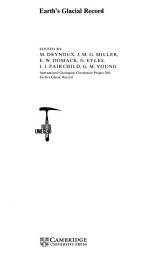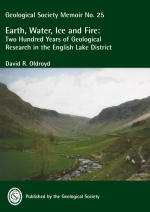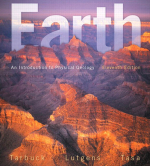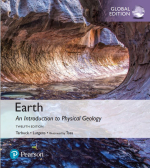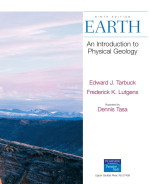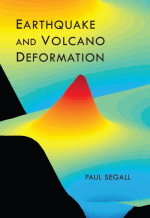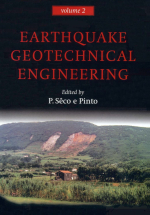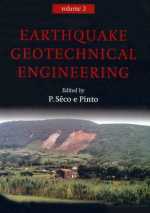Добрый день, Коллеги. Важное сообщение, просьба принять участие. Музей Ферсмана ищет помощь для реставрационных работ в помещении. Подробности по ссылке
- « первая
- ‹ предыдущая
- …
- 91
- 92
- 93
- 94
- 95
- 96
- 97
- 98
- 99
- …
- следующая ›
- последняя »
- « первая
- ‹ предыдущая
- …
- 91
- 92
- 93
- 94
- 95
- 96
- 97
- 98
- 99
- …
- следующая ›
- последняя »


